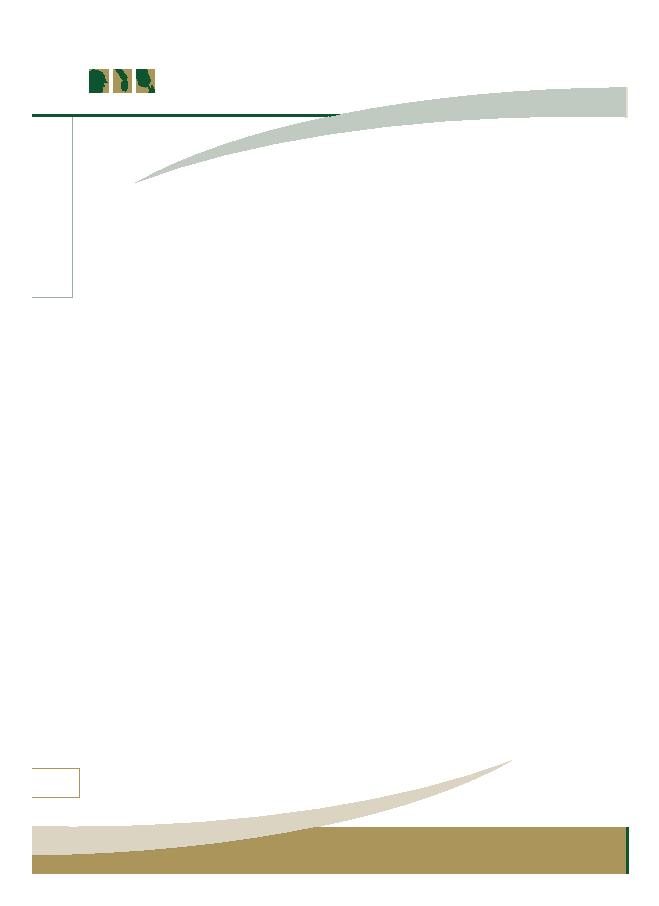
1.1 Basis of preparation of financial statements
Standard applicable in the United Kingdom and the Republic of Ireland and Irish statute comprising of the Companies Act 2014.
Information on the impact of first-time adoption of FRS 102 is given in note 16.
The preparation of financial statements in compliance with FRS 102 requires the use of certain critical accounting estimates. It also
requires management to exercise judgment in applying the Company's accounting policies (see note 2).
The following principal accounting policies have been applied:
reliably measured. Revenue is measured as the fair value of the consideration received or receivable, excluding discounts, rebates,
value added tax and other sales taxes.
The following criteria must also be met before revenue is recognised:
Revenue from the sale of goods is recognised when all of the following conditions are satisfied:
· the Company retains neither continuing managerial involvement to the degree usually associated
with ownership nor e ective control over the goods sold;
· the amount of revenue can be measured reliably;
· it is probable that the Company will receive the consideration due under the transaction;
· the costs incurred or to be incurred in respect of the transaction can be measured reliably.
1.3 Tangible fixed assets
impairment losses. Historical cost includes expenditure that is directly attributable to bringing the asset to the location and
condition necessary for it to be capable of operating in the manner intended by management.
The Company adds to the carrying amount of an item of fixed assets the cost of replacing part of such an item when that cost is
incurred, if the replacement part is expected to provide incremental future benefits to the Company. The carrying amount of the
replaced part is derecognised. Repairs and maintenance are charged to profit or loss during the period in which they are incurred.
using the straight-line method.
Depreciation is provided on the following basis:
Leasehold property
or if there is an indication of a significant change since the last reporting date. Gains and losses on disposals are determined
by comparing the proceeds with the carrying amount and are recognised within `other operating income' in the Statement of
comprehensive income.
investment in a subsidiary undertaking is measured at the nominal value of the shares issued together with the fair value of any
additional consideration paid.